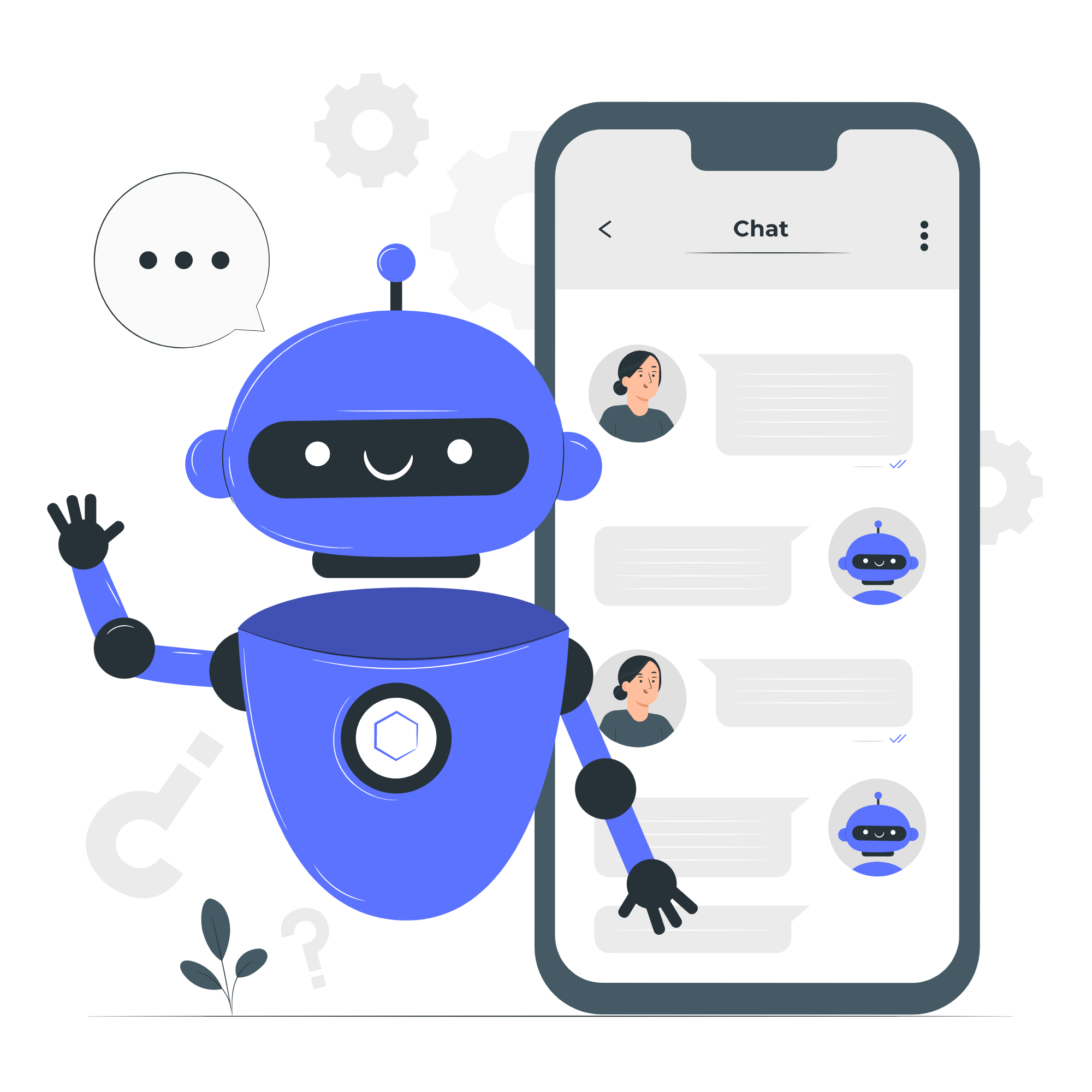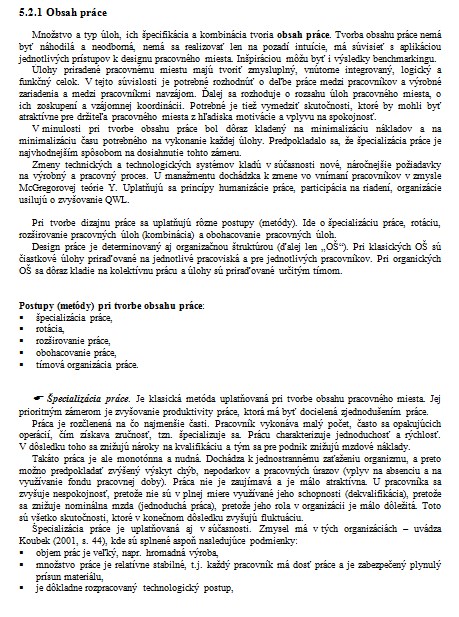Character AI Chatbots And Free Speech: A Legal Gray Area

Table of Contents
The First Amendment and AI-Generated Content
Defining Free Speech in the Digital Age
The application of First Amendment principles to AI-generated content presents unprecedented challenges. Does the same protection afforded to human speech extend to a machine's output? Determining the "speaker" is crucial. Is it the developer who created the AI, the user who prompts the conversation, or the AI itself? The answer isn't clear-cut, and this ambiguity creates legal uncertainty.
- Examples of protected AI-generated speech: A chatbot generating creative text formats like poems or scripts. A chatbot providing factual information or expressing opinions on matters of public concern.
- Examples of unprotected AI-generated speech: A chatbot generating hate speech, inciting violence, or disseminating private information illegally.
Section 230 and its Relevance to Character AI
Section 230 of the Communications Decency Act (CDA) generally protects online platforms from liability for user-generated content. However, its applicability to AI-generated content is debated. Does Section 230 shield Character AI developers from liability for harmful outputs produced by their AI? The ongoing debate about reforming Section 230 further complicates the issue. Changes could significantly impact AI chatbot platforms, potentially exposing them to greater legal risk.
- Arguments for extending Section 230: Protecting innovation and free expression by allowing AI developers to experiment without fear of excessive legal liability.
- Arguments against extending Section 230: Holding AI developers accountable for ensuring their systems do not generate illegal or harmful content.
- Potential ramifications for Character AI if Section 230 is altered: Increased legal exposure and potentially higher costs associated with content moderation and legal defense.
Liability and Content Moderation for Character AI Developers
Determining Responsibility for Harmful Output
Character AI developers face significant legal responsibilities in mitigating the risks of their chatbots generating harmful or illegal content. Predicting and preventing such outputs is incredibly challenging, given the complex nature of AI and the vast range of potential user inputs. This necessitates proactive strategies for content moderation and risk management.
- Examples of legal challenges faced by other platforms: Lawsuits against social media platforms for failing to adequately moderate content leading to harm.
- Strategies Character AI could employ to manage risk: Implementing robust content filtering mechanisms, improving AI training data to reduce biases and harmful outputs, and providing clear user guidelines.
Balancing Free Expression with Safety Concerns
Balancing free speech with the prevention of harmful content is a critical ethical and practical challenge. This involves finding a balance between allowing open dialogue and protecting users from illegal or harmful content generated by the AI. Solutions require technological advancements coupled with careful policy considerations.
- Different approaches to content moderation: Reactive measures (removing harmful content after it's generated) vs. proactive measures (preventing harmful content from being generated in the first place).
- Potential for bias in AI moderation systems: AI models trained on biased data may perpetuate existing societal biases in content moderation decisions, potentially leading to unfair censorship.
International Legal Frameworks and Character AI
Variations in Free Speech Laws Across Jurisdictions
Global regulation of Character AI chatbots is complicated by the significant variations in free speech laws across different countries. What constitutes protected speech in one jurisdiction may be illegal in another, creating challenges for Character AI in providing a consistent service while adhering to diverse legal standards.
- Examples of countries with stricter or more lenient regulations: Countries with strict censorship laws versus countries with broad protections for online speech.
- Potential for legal conflicts: Character AI's operation in multiple countries with differing legal standards could lead to legal conflicts and difficulties in enforcing regulations.
The Future of Global Regulation for AI Chatbots
The future likely holds increased international cooperation to establish consistent guidelines for AI chatbots. This necessitates collaborative efforts among nations, international organizations, and industry stakeholders to develop robust and fair regulations that balance free expression with safety concerns.
- Potential areas of future regulation: Data privacy, algorithmic transparency, liability for AI-generated content, and standards for content moderation.
- The role of international organizations: International bodies like the UN and the OECD could play a significant role in coordinating international efforts to regulate AI chatbots.
Conclusion
The legal landscape surrounding Character AI chatbots and free speech is complex and rapidly evolving. The interplay between the First Amendment, Section 230, and the challenges of AI content moderation creates a significant legal gray area. Determining liability, balancing free expression with safety, and navigating international legal variations pose major challenges for developers and users alike. Understanding the legal implications of Character AI and similar technologies is crucial. Stay informed about developments in AI law and regulation to navigate this evolving legal gray area surrounding Character AI chatbots and free speech.

Featured Posts
-
 World Famous Amphibian To Deliver Commencement Speech At University Of Maryland
May 24, 2025
World Famous Amphibian To Deliver Commencement Speech At University Of Maryland
May 24, 2025 -
 Analysis Demna Gvasalias Impact On Guccis Future
May 24, 2025
Analysis Demna Gvasalias Impact On Guccis Future
May 24, 2025 -
 Nemecke Firmy Rusia Tisice Pracovnych Miest Analyza Aktualnej Situacie
May 24, 2025
Nemecke Firmy Rusia Tisice Pracovnych Miest Analyza Aktualnej Situacie
May 24, 2025 -
 Actress Mia Farrows Urgent Message American Democracys Critical State
May 24, 2025
Actress Mia Farrows Urgent Message American Democracys Critical State
May 24, 2025 -
 Planned M62 Westbound Closure For Resurfacing Manchester To Warrington
May 24, 2025
Planned M62 Westbound Closure For Resurfacing Manchester To Warrington
May 24, 2025
Latest Posts
-
 University Of Maryland Commencement A Famous Amphibian Speaks
May 24, 2025
University Of Maryland Commencement A Famous Amphibian Speaks
May 24, 2025 -
 World Famous Amphibian To Deliver Commencement Speech At University Of Maryland
May 24, 2025
World Famous Amphibian To Deliver Commencement Speech At University Of Maryland
May 24, 2025 -
 Kermit The Frogs 2025 University Of Maryland Commencement Speech
May 24, 2025
Kermit The Frogs 2025 University Of Maryland Commencement Speech
May 24, 2025 -
 Kermit The Frogs Unexpected Role Umds 2025 Commencement Speaker
May 24, 2025
Kermit The Frogs Unexpected Role Umds 2025 Commencement Speaker
May 24, 2025 -
 Internet Reacts Kermit The Frog As Umds 2025 Commencement Speaker
May 24, 2025
Internet Reacts Kermit The Frog As Umds 2025 Commencement Speaker
May 24, 2025
